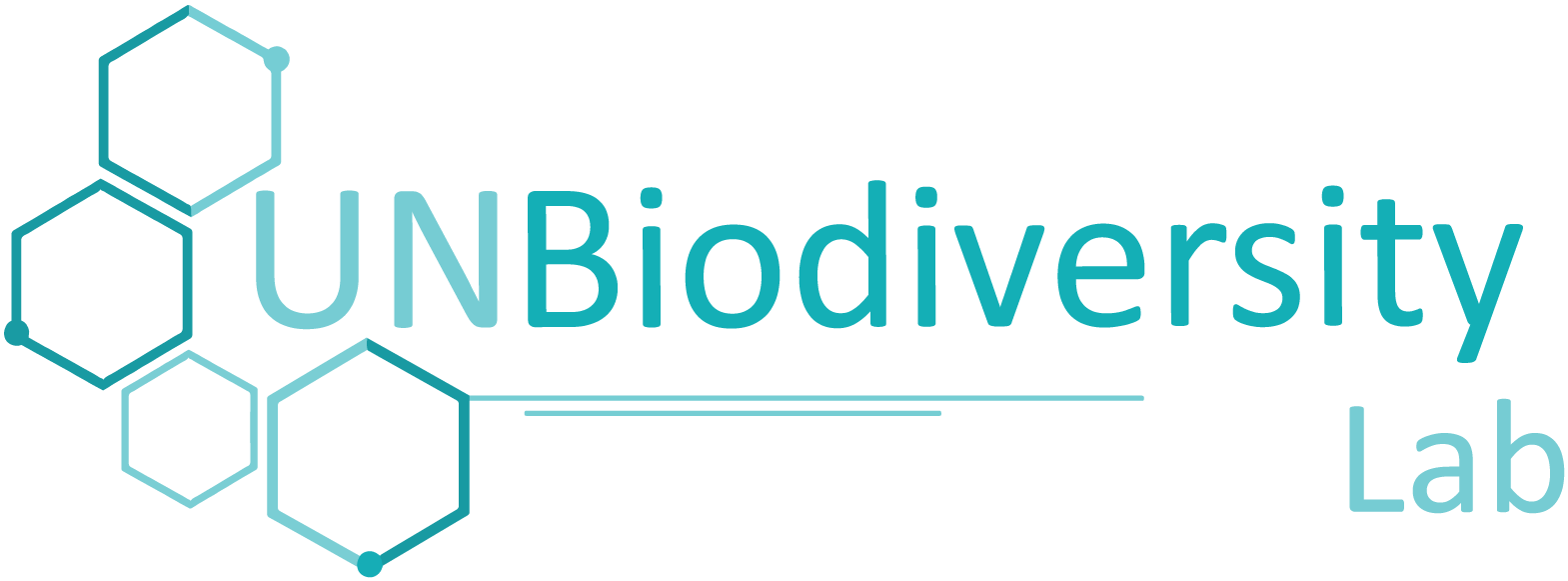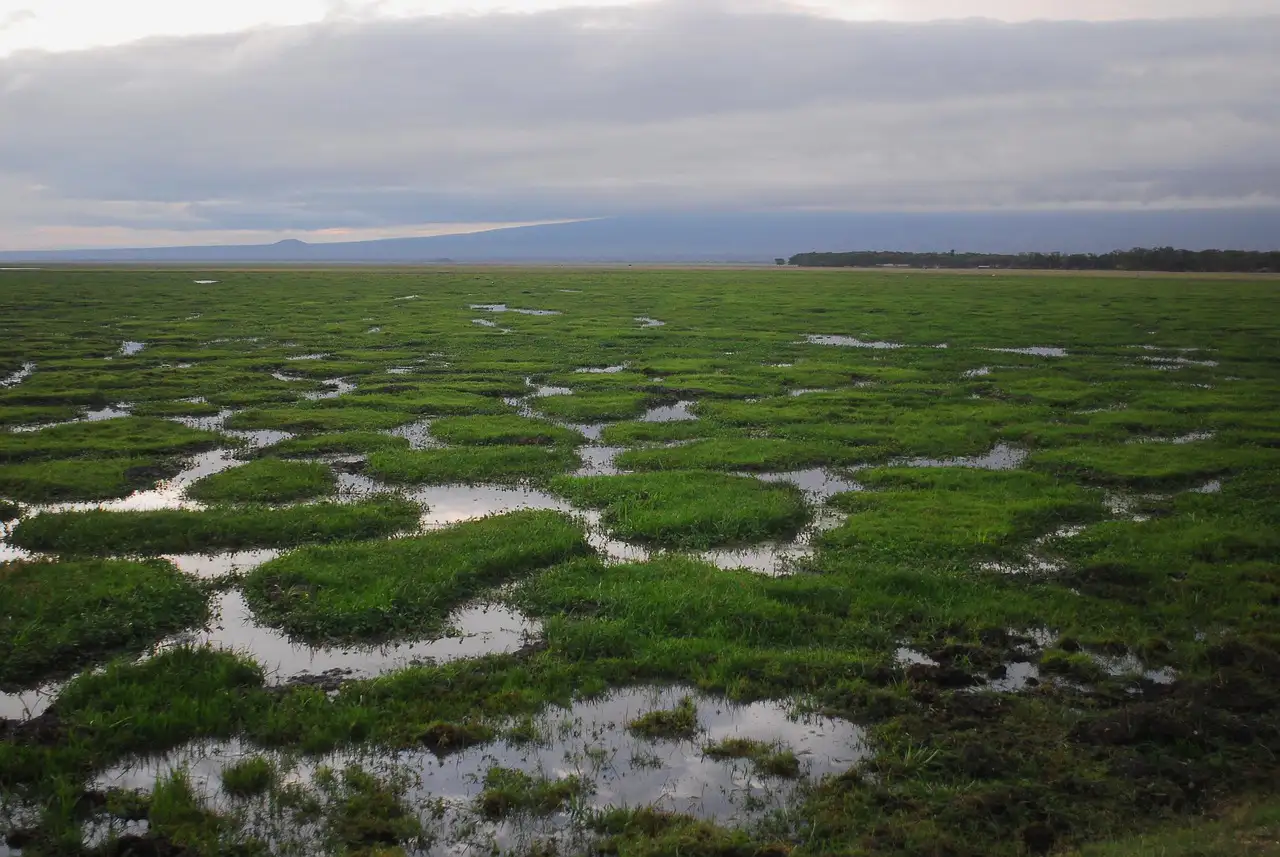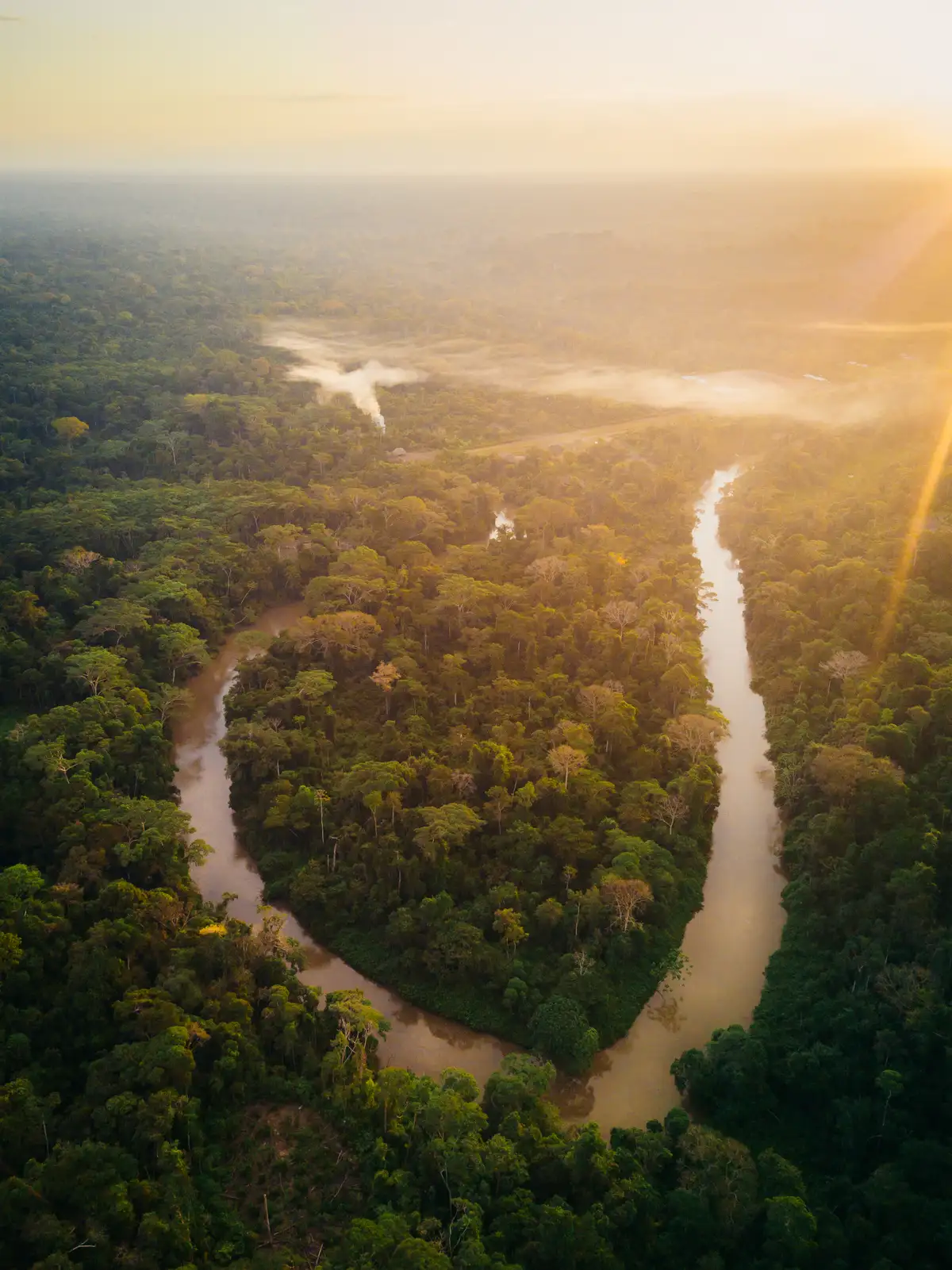Spatial planning is a participatory process that guides and evaluates the distribution of human activities across space and time to balance economic, ecological, and social goals. Integrated spatial planning plays a central role in achieving Target 1 of the Kunming-Montreal Global Biodiversity Framework and supports many other targets of the Global Biodiversity Framework as documented in a recent report from IUCN. Within spatial planning, systematic conservation planning and its key step, spatial prioritization, provide a science-based, structured and transparent way to identify the most cost-effective locations for different management actions.
Despite these benefits, getting started with spatial prioritization can be challenging. Planners need theoretical and technical skills to use specialized software and effective ways to communicate throughout the planning process to foster understanding and participation. To break down these barriers, a variety of tools have been developed that make spatial prioritization easier to use and more inclusive, thereby engaging a broader community of users.
Explore our non-exhaustive list of spatial prioritization tools:
Which tool is right for me?
Taking a systematic approach, regardless of which participatory spatial prioritization tool is used, is already an important step towards transparent, efficient, and reproducible integrated spatial planning. Sometimes, however, this means choosing between tools to identify the one best suited for the project at hand. Several considerations can help guide that choice. Click each consideration below to learn more.
Projects with a strong focus on restoration of tropical forests may find WePlan-Forests most relevant, particularly when forest-specific ecosystem services are central to the analysis. Still, ELSA and MaPP can also be applied to optimize forest outcomes, each in slightly different ways. MaPP is currently the only tool on our list for spatial prioritization in marine environments. ELSA is currently the only tool on our list that supports spatial planning for different management zones (for more information, see our technical brief). The spatial scale of the project also matters: while MaPP supports analyses at any spatial extent, ELSA and WePlan-Forests are primarily designed for national projects, with regional applications available on request.
Where only limited data exist, a tool with a strong foundation of pre-compiled datasets, such as ELSA or WePlan-Forests, may be the most practical option. Where small-scale or high-resolution regional data are available, or when data availability is generally strong, a tool that provides greater flexibility in incorporating diverse datasets, such as MaPP or ELSA, could be considered. MaPP users can directly process and add data at the relevant scale to the tool, whereas ELSA offers this as a service at cost.
Some tools emphasize a participatory approach that guides users through key aspects of the planning process (e.g., ELSA and WePlan-Forests). Others, such as MaPP, offer more freedom to define the entire problem from the ground up. While this flexibility is powerful, it also requires greater technical expertise and capacity to process and interpret results. For some projects, a guided process such as the ELSA pipeline may be more appropriate.
ELSA and WePlan-Forests are designed with participatory processes in mind, helping to structure dialogue with decision-makers and communities. MaPP can also be used in participatory settings, but its greater flexibility typically requires more technical facilitation to engage stakeholders effectively.
ELSA provides standardized outputs such as planning scenarios, indicators, and prioritization performance measures that are well suited for policy processes. WePlan-Forests produces forest-specific prioritization maps and analyses that can be directly linked to ecosystem service benefits. MaPP is highly customizable, producing outputs that can be tailored to technical or scientific audiences but may require additional effort to communicate to policymakers.



